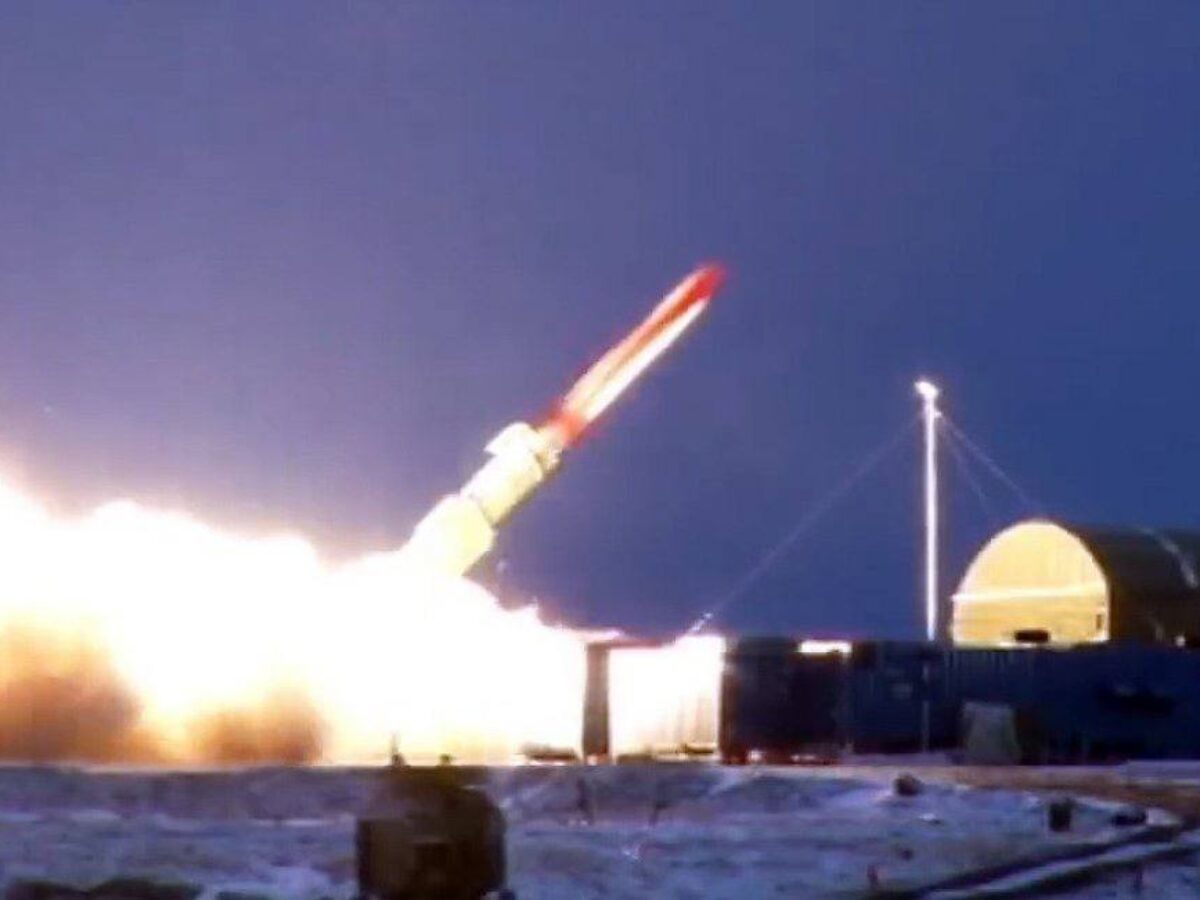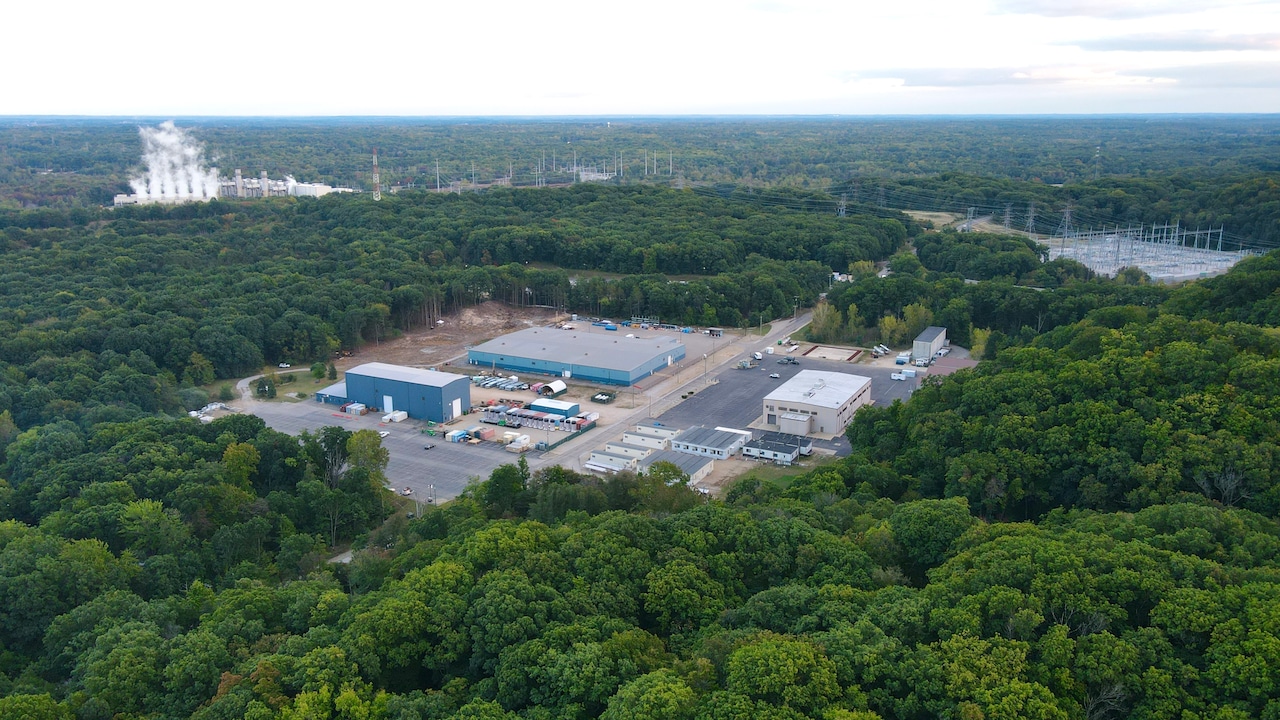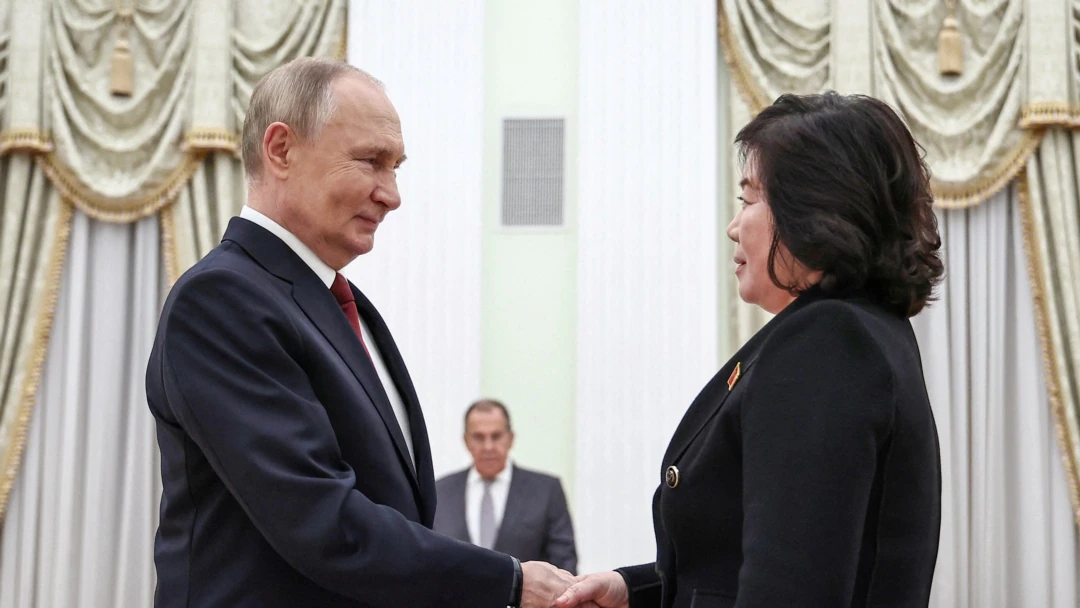Copyright defence-blog

Russia has conducted a new test of its nuclear-powered cruise missile known as Burevestnik, or SSC-X-9 “Skyfall” in NATO designation, President Vladimir Putin confirmed following a briefing with Chief of the General Staff Valery Gerasimov. According to Gerasimov, the test took place on October 21 and saw the missile cover 14,000 kilometers over a 15-hour flight. “The technical characteristics of the missile allow it to strike highly protected targets anywhere in the world with guaranteed accuracy,” Gerasimov said. Putin hailed the test as further proof of what he called the “reliability of Russia’s nuclear shield.” He described Burevestnik as “a unique weapon system that no other country possesses.” “The task now is to determine possible ways of deployment and begin preparing the infrastructure for introducing this weapon into our armed forces,” Putin said during the meeting. File photo of the SSC-X-9 Skyfall. Captures via Telegram The Burevestnik—first revealed publicly by Putin in his 2018 state-of-the-nation address—forms part of Russia’s broader push to develop new strategic weapons capable of bypassing existing missile defense systems. In the same speech, Putin showcased several other advanced systems, including the Sarmat intercontinental ballistic missile, Avangard hypersonic glide vehicle, Kinzhal air-launched ballistic missile, Poseidon nuclear torpedo, and Peresvet laser weapon. Unlike conventional cruise missiles, the Burevestnik is reportedly powered by a small nuclear reactor, theoretically giving it unlimited range and endurance. Such technology, however, also presents risks. A previous test in 2019 at the Nyonoksa testing site in Russia’s Arkhangelsk region ended in a deadly explosion that killed five specialists and raised concerns about radioactive contamination. If successfully deployed, the weapon could fly at low altitudes for extended periods, maneuvering to evade radar detection and delivering nuclear payloads across intercontinental distances. For Moscow, the system represents both a technological achievement and a geopolitical statement, reinforcing its message of deterrence amid heightened tensions with NATO.



